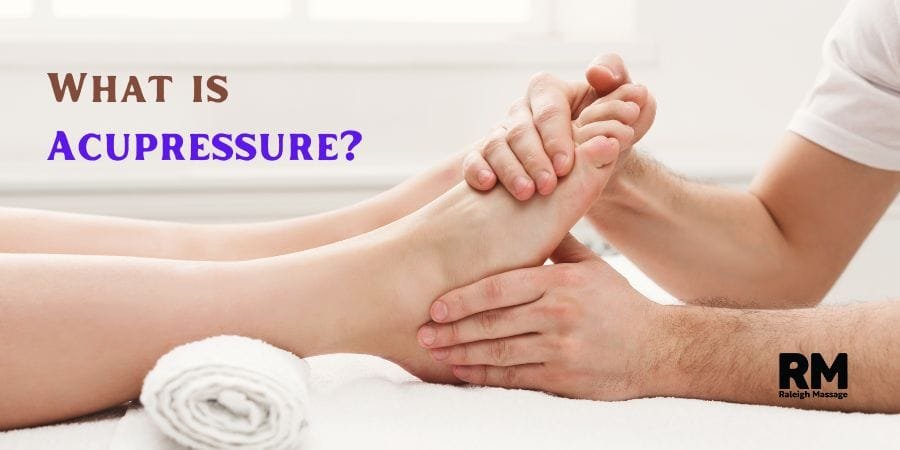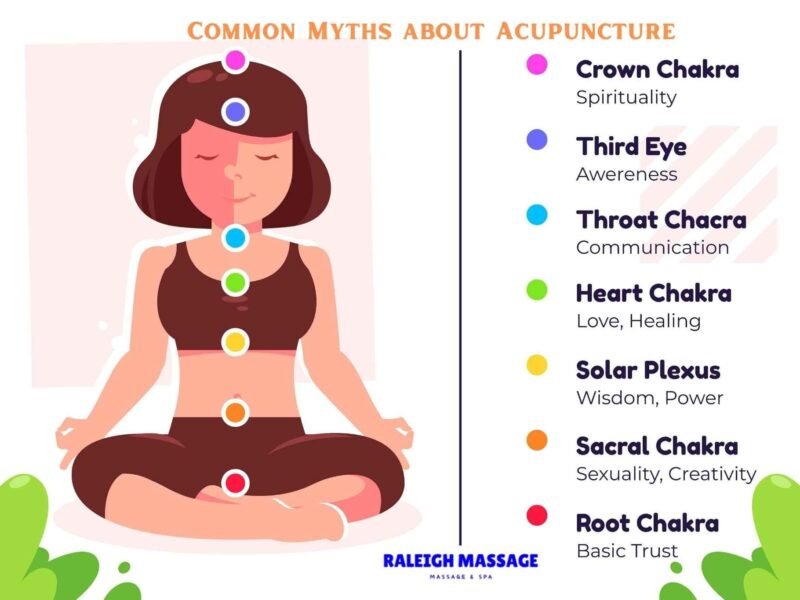Have you heard of acupressure? If not, get ready for a treat. Acupressure is an ancient healing technique that can alleviate your overall well-being. It’s simple, effective, and something anyone can try. Now, let’s begin with everything related to this fascinating method.
What is acupressure?
Acupressure is like acupuncture in that it doesn’t use needles. It just involves lightly pressing against certain spots of the body. These sorts of spots are known as acupoints and are associated with the flow of energy within your body. The stimulation of these points enables your body to heal itself.
It has been in existence for thousands of years, originating in ancient China. The practice is based on the concept of Qi, pronounced “chee,” which is your life energy. When your Qi flows freely, you feel good. When it’s blocked, you might experience pain or illness.
How Does Acupressure Work?
You might be wondering how pressing a point on your body can make a difference. It’s all about stimulating your body’s natural ability to heal. When you press on an acupoint, it can release tension, improve blood flow, and help balance your energy.
For example, pressing on a point in your hand might help relieve a headache. Or stimulating a spot on your foot could ease stress. It’s like giving your body a gentle nudge to fix itself.
The Benefits of Acupressure
Acupressure bears enormous benefits. It can be useful for you in a number of ways. Here are a few:
- Pain Relief Whether it be a sore back, a stiff neck, or even a headache, acupressure can help. You may find relief without having to take medication by addressing the right points.
- Reduce Stress Life is somewhat stressful, isn’t it? Acupressure helps you relax. Press the right points, and your mind stops racing-the tension in your muscles dissipates.
- Better Sleep Struggling with sleep? Acupressure might help you fall asleep faster and stay asleep longer. It’s a natural way to improve your sleep quality.
- Improved Digestion – Is your stomach upset or indigestion your problem? In that too, acupressure may serve the purpose. Your body possesses many points to provide aid to digestive discomfort. Improved Energy Feeling sluggish? Acupressure may be just what your body needs to give it that natural boost of energy. Stimulation of some points has been able to render a person more alert and focused.
How to Try Acupressure at Home
You can try acupressure without investing in any special equipment or training. Here’s a simple guide to get you started:
- Identify the Correct Point Take the help of a chart or a guidebook to identify an acupoint corresponding to your problem. Suppose you are suffering from a headache. Press the center that falls between the thumb and your index finger.
- Apply Pressure Using your thumbs or fingers, press the point. You should press with firm, gentle pressure. Do not press painfully hard, as you will only hurt yourself.
- Hold and Breathe Hold the pressure for 1-2 minutes while breathing deeply. This helps your body relax and respond.
- Repeat if Necessary Repeat these procedures a few times during the day if you find it needed. Pay attention and adjust as the body tells you it might like.
Acupressure Tools and Devices
But first, let me mention that there are some tools that can make doing acupressure easier. Here are a few you might find helpful:
- Acupressure Mats: These mats contain spikes that will press against a number of points in your body. You can lie on them completely for a full-body experience.
- Massage Balls: Very good for the specific point massages, especially targeting the back or feet.
- Acupressure Rings: Small rings on which the fingers are rolled to stimulate points and release tension.
These tools are inexpensive and available, easy to use, thus enriching, with not much effort, your acupressure.
My First Experience with Acupressure
I can recall the use of acupressure for the first time when I had a splitting headache. Of course, I was skeptical, though I did try it anyway. Pressing the point between my thumb and index finger—in that order—is what I read online one should do.
Much to my surprise, it began to alleviate. The headache did not disappear but became considerably weaker. This made me want to learn about acupressure and the benefits related to it.
Common Myths about Acupuncture
You might have heard some myths about acupressure. Let’s dispel a few:
- Acupressure is just a placebo. That belief may enhance its effects, but many studies demonstrate real benefits.
- Myth 2: It’s the same as massage. Acupressure focuses on specific points, not just general relaxation.
- Myth 3: You have to be an expert in it. Actually, acupressure can be performed by anyone if he is guided a little.
Acupressure vs. Acupuncture
People often confuse the terms acupressure and acupuncture. While related, they are both different in procedure. Acupuncture involves the use of needles to stimulate points, but acupressure relies on touch. If one is needleshy, this is a perfect alternative.
Both methods are meant to balance your Qi and help in healing. Some may be more appealing than others, and that would depend on the individual’s personal preferences or comfort zone for undergoing either treatment.
Who Benefits from Acupressure?
Acupressure has this particular beauty wherein almost everybody fits for the work, be one young or old, active or sedentary. This technique serves its helpful purpose particularly for:
- People with chronic pain
- Those who are experiencing stress or anxiety
- Anybody searching out a natural road to improved health
Tips to Success
Here are some tips that will make acupressure more effective for you:
- Be Consistent Practice this technique regularly, and it shall yield better results. Like every wellness practice, it needs consistency.
- Stay Relaxed Take deep breaths and focus on the process. A calm mind enhances the experience.
- Learn More Reading through books or watching videos on acupressure helps one to understand it. Knowledge empowers you with the correct ways of application.
- Combine with Other Practices Acupressure works even better when combined with yoga, meditation, or a healthy diet.
Acupressure is an incredible way to take your health into your own hands. It’s simple, natural, and accessible to everyone. Whether you have pain, stress, or just want to feel better, give it a shot. You might just be surprised at how much it helps.
Your body can heal itself incredibly well; acupressure is only one of the tools to help it along. Why not explore this ancient practice and see what it can do for you?










